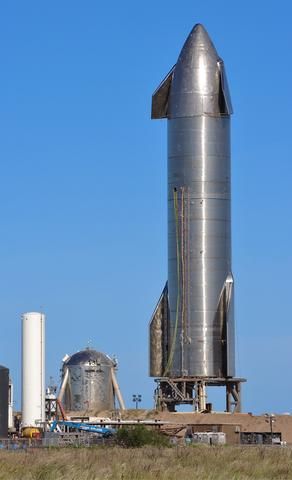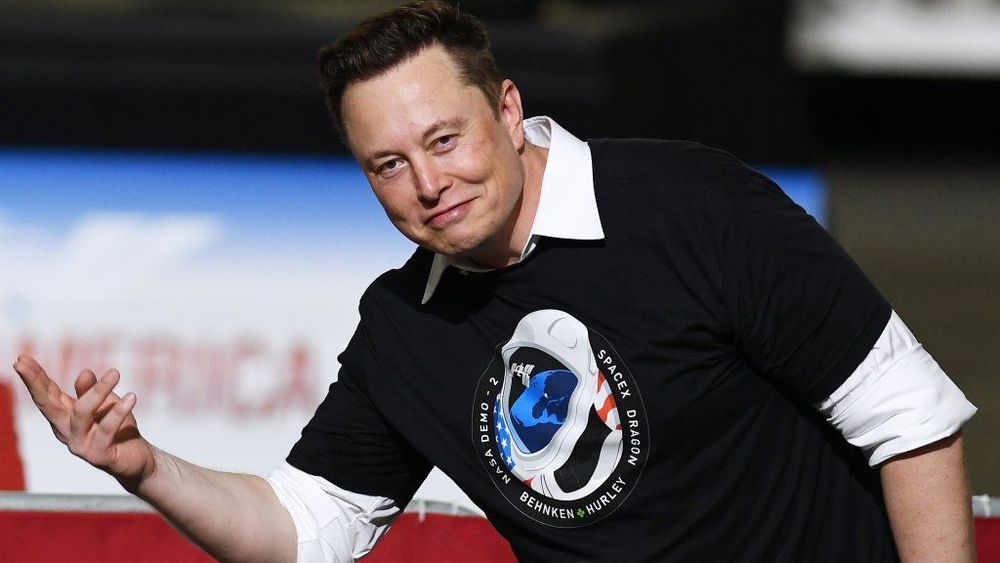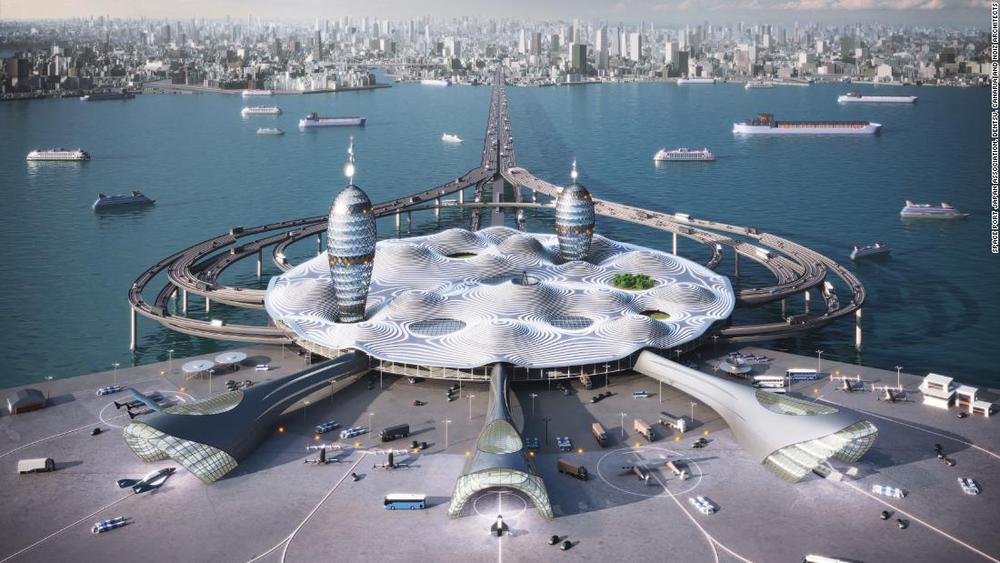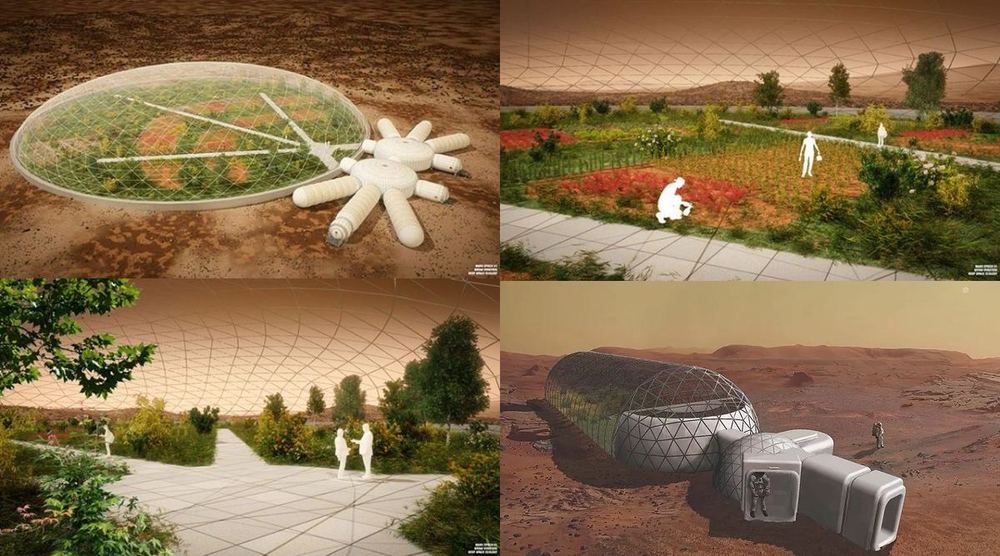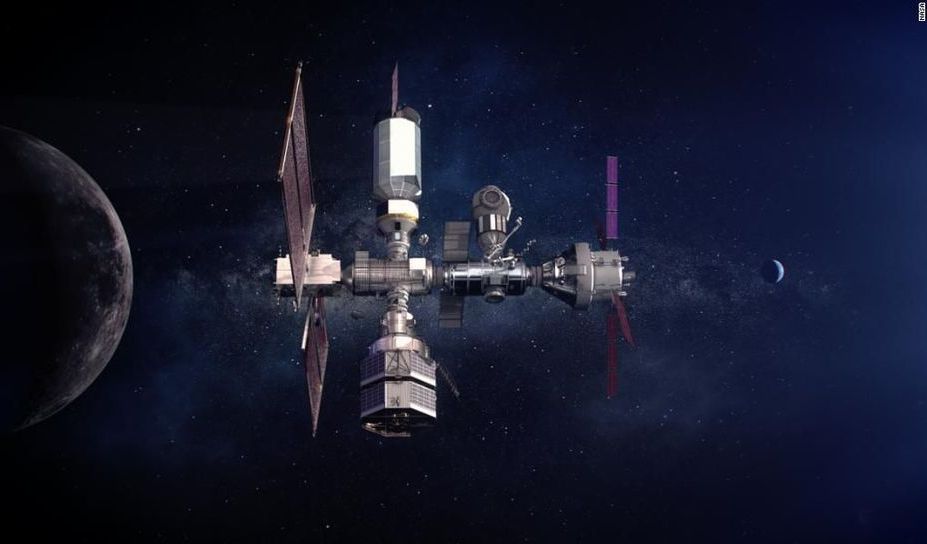Military observers said the disruptive technologies – those that fundamentally change the status quo – might include such things as sixth-generation fighters, high-energy weapons like laser and rail guns, quantum radar and communications systems, new stealth materials, autonomous combat robots, orbital spacecraft, and biological technologies such as prosthetics and powered exoskeletons.
Speeding up the development of ‘strategic forward-looking disruptive technologies’ is a focus of the country’s latest five-year plan.

